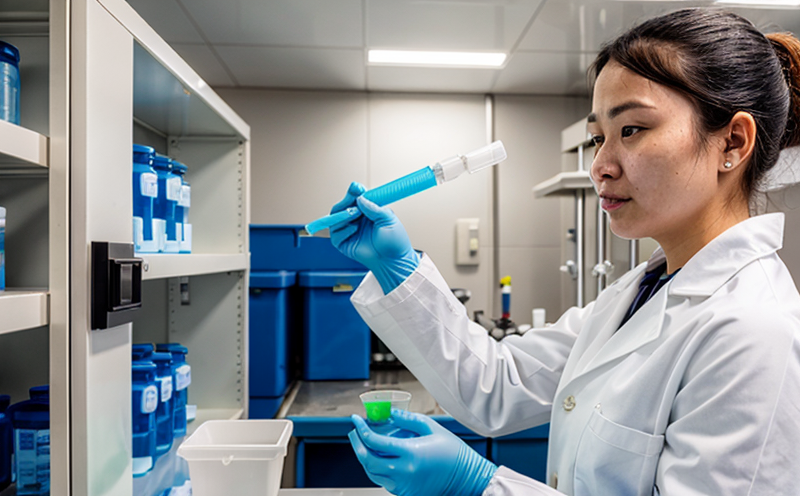USP Microbial Enumeration Testing
The USP Microbial Enumeration Test (MEL) is a critical analytical procedure designed to estimate and enumerate viable microorganisms in pharmaceutical products. This test is essential for ensuring the safety of drug formulations, excipients, and other medicinal products intended for human use.
The MEL involves inoculating appropriate culture media with samples containing potentially viable microorganisms. After incubation under controlled conditions, colonies are counted to provide an estimate of microbial populations in the sample. This method is not only a cornerstone of pharmaceutical quality assurance but also aligns with regulatory requirements set forth by the United States Pharmacopeia (USP) and other international standards.
The USP Microbial Enumeration Test ensures that products meet stringent quality criteria, thereby safeguarding public health. By accurately quantifying microorganisms present in drug substances, it helps prevent contamination issues such as endotoxin levels, which can lead to severe adverse reactions if not controlled effectively.
Understanding the scope and application of this test requires familiarity with the underlying principles and current best practices recommended by regulatory bodies like the FDA. Proper implementation ensures compliance with applicable standards while enhancing overall product safety and efficacy.
In summary, the USP Microbial Enumeration Test plays a pivotal role in maintaining high standards within the pharmaceutical industry by providing reliable data on microbial content through precise enumeration techniques.
Benefits
Ensures compliance with USP and other international standards.
Aids in maintaining product safety by reducing microbial contamination risks.
Promotes process reliability through consistent and accurate enumeration results.
Supports regulatory compliance, enhancing trustworthiness among consumers and stakeholders.
Facilitates quality assurance initiatives aimed at improving overall product integrity.
Provides detailed reports that can help identify potential areas for improvement in manufacturing processes.
Industry Applications
The USP Microbial Enumeration Test finds extensive application across various sectors within the pharmaceutical industry. Quality managers and compliance officers rely on this test to ensure product safety during development stages. R&D engineers use it as part of their research processes to refine formulas without compromising microbial limits.
For procurement teams, accurate enumeration helps them select suppliers who adhere strictly to quality protocols regarding microbial content in raw materials. Regulatory bodies also leverage these tests regularly when inspecting facilities for adherence to good manufacturing practices (GMP).
In summary, the versatility of this test makes it indispensable throughout every phase of pharmaceutical development and production.
Competitive Advantage and Market Impact
Implementing USP Microbial Enumeration Testing offers significant competitive advantages in today’s highly regulated pharma market. Companies that prioritize safety and quality gain a positive reputation among consumers, investors, and regulatory authorities alike.
A robust testing program demonstrates commitment to excellence, which can differentiate brands from competitors offering less stringent controls. This approach fosters long-term relationships with customers who value transparency and reliability in their supply chain partners.
Moreover, adherence to strict microbiological limits helps mitigate risks associated with product recalls or withdrawals due to microbial contamination incidents. Such incidents not only damage brand reputation but also incur substantial financial losses.
In conclusion, integrating comprehensive microbial enumeration into operational procedures positions organizations favorably in both domestic and international markets where stringent quality requirements are increasingly becoming the norm.
Frequently Asked Questions
- Ensures compliance with USP standards and other international regulations.
- Promotes safer drug formulations by minimizing microbial contamination risks.
- Aids in process optimization for reducing variability in results.





